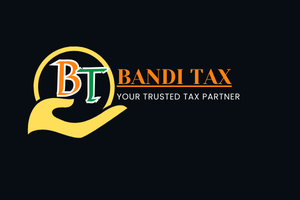The E-way bill contains the following information:
- The name and address of the consignor and consignee
- The description of the goods being transported
- The quantity of goods being transported
- The mode of transport being used
- The date and time of commencement of movement of goods
- The estimated time of arrival of goods at the destination
To generate the E-way Bill taxpayer must have a valid GST registration and must be able to provide the following information:
- The GSTIN of the consignor and consignee
- The description of the goods being transported
- The quantity of goods being transported
- The mode of transport being used
- The date and time of commencement of movement of goods
- The estimated time of arrival of goods at the destination
Once the E-way bill has been generated, it will be stored in the GST portal. The transporter can then download the E-way bill and carry it with them while transporting the goods.
The E-way bill is a valuable tool for tracking the movement of goods and preventing tax evasion. It also helps to ensure that businesses are complying with the GST laws.

